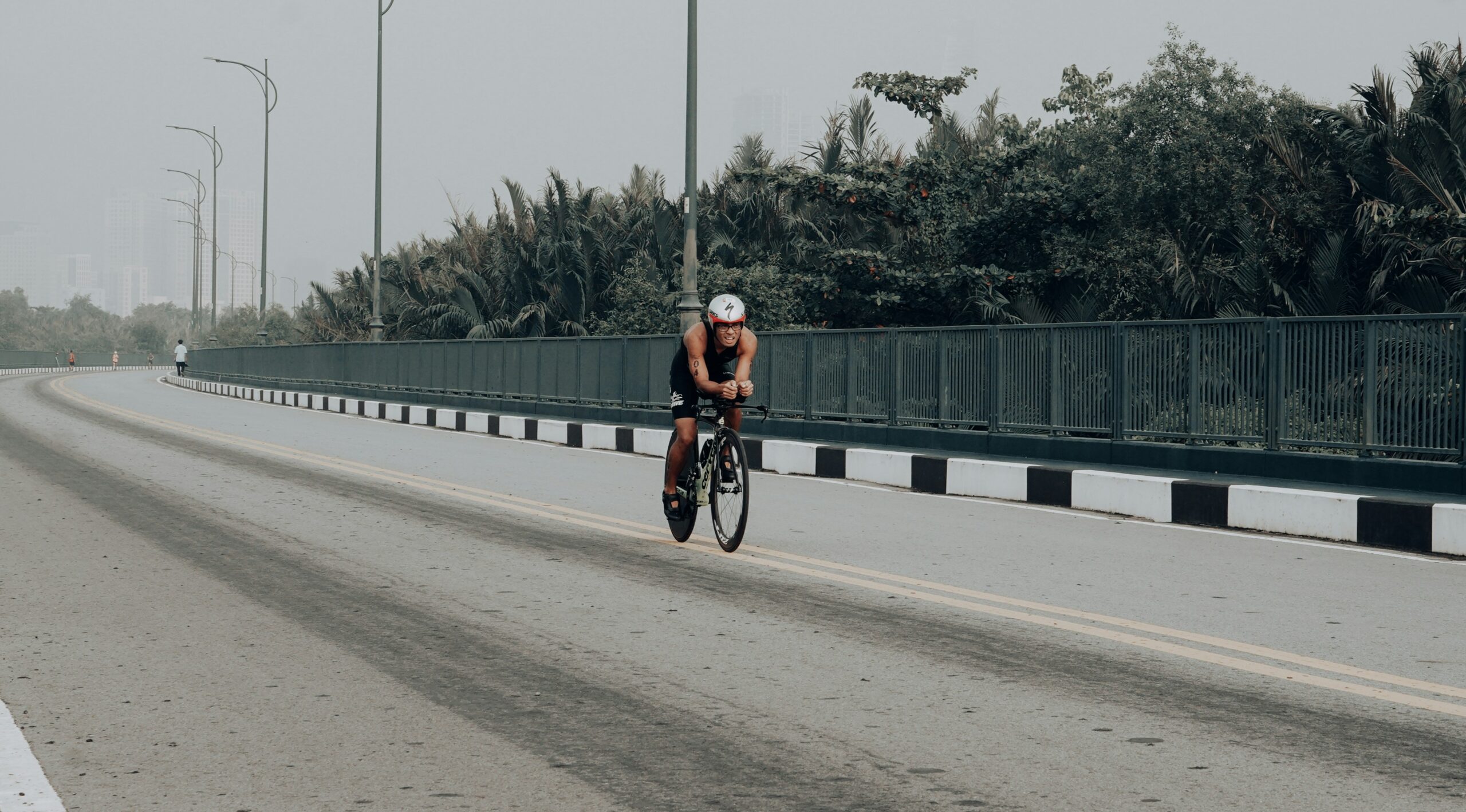Recovery rides are an essential yet often underestimated component of a cyclist’s training regimen. Despite their simplicity, Zone 1 rides play a critical role in promoting recovery, enhancing long-term performance, and balancing the demands of intense training sessions. This in-depth guide explores the nuances of recovery rides, their benefits, and how to execute them effectively.
What Are Recovery Rides?
Recovery rides are low-intensity cycling sessions performed in Zone 1, the lightest effort level on a cyclist’s training scale. At this intensity, you pedal at an easy, conversational pace, typically in the small chainring on flat terrain or using an indoor trainer or rollers.
The primary goal of recovery rides isn’t fitness gains or aerobic conditioning but to aid recovery, promote blood flow, and prepare the body for upcoming high-intensity workouts.
Why Recovery Rides Are Crucial
While it may be tempting to skip a recovery ride in favor of complete rest or more intense training, there are several compelling reasons to include them in your routine:
1. Flush Out Metabolic Waste
Recovery rides stimulate blood circulation, which helps to remove lactic acid and other byproducts of strenuous exercise. This process reduces muscle soreness and stiffness, leaving you feeling fresher for your next session.
2. Maintain Habit and Routine
Even though recovery rides are easy, they keep you in the habit of riding regularly. Consistency is a cornerstone of effective training, and recovery rides allow you to stay on the bike without overloading your body.
3. Active Recovery Enhances Adaptation
Low-intensity activity can promote the body’s natural repair processes, improving how your muscles adapt and grow stronger after intense efforts like intervals, hill repeats, or races.
4. Mental Reset
The psychological benefits of a recovery ride are significant. They provide a low-stakes opportunity to enjoy the bike without pressure, explore new routes, or simply relax while spinning your legs.

When and How to Do Recovery Rides
1. Timing Matters
Recovery rides are best done the day after a particularly hard workout—such as a breakthrough session (BT), intervals, or a race. For experienced riders, an evening recovery spin after a morning effort can also accelerate recovery.
2. Duration and Intensity
Recovery rides should last 15 to 30 minutes for optimal results. Pedal gently and keep your effort strictly in Zone 1. Heart rate monitors or power meters can help ensure you don’t overdo it. If using perceived effort, you should feel like you could maintain the pace indefinitely.
3. Flat Terrain or Indoors
Recovery rides are most effective on flat courses to avoid unnecessary exertion on hills. When flat terrain isn’t accessible, an indoor trainer or rollers is an excellent alternative.
4. Solo Is Better
While group rides are enjoyable, recovery sessions are best done alone to prevent the temptation of riding harder than intended.
5. Crosstraining for Recovery
Non-cycling activities such as swimming, walking, or yoga can serve as alternative recovery methods, particularly during the Preparation and Base training periods. These activities engage different muscle groups and provide variety while maintaining a recovery focus.
Common Mistakes to Avoid
1. Riding Too Hard
The most frequent error cyclists make during recovery rides is pushing beyond Zone 1. Even if you feel good, resist the temptation to increase intensity. Remember, this ride is about recovery, not performance.
2. Skipping Recovery Rides
Neglecting recovery rides altogether can lead to accumulated fatigue, reducing the effectiveness of subsequent workouts. They are an integral part of your training, even if they aren’t explicitly scheduled.
3. Neglecting Nutrition and Hydration
Recovery rides should complement good post-workout nutrition and hydration habits. Consuming a balanced mix of carbohydrates and protein after a hard effort ensures your body has the fuel it needs to repair and recover.

The Recovery Ride Mindset
Recovery rides require discipline and patience. Many cyclists find it challenging to dial back intensity, especially when they feel strong. However, embracing the purpose of these rides is key to sustainable progress and avoiding burnout.
Conclusion
Recovery rides are more than just an easy spin—they’re a strategic tool for improving recovery, maintaining consistency, and preparing for future training demands. By keeping them low-intensity and purpose-driven, you allow your body to adapt, repair, and grow stronger. Whether you’re a novice or an experienced rider, make Zone 1 recovery rides a staple in your training plan for long-term success and well-rounded performance.



Leave a Reply